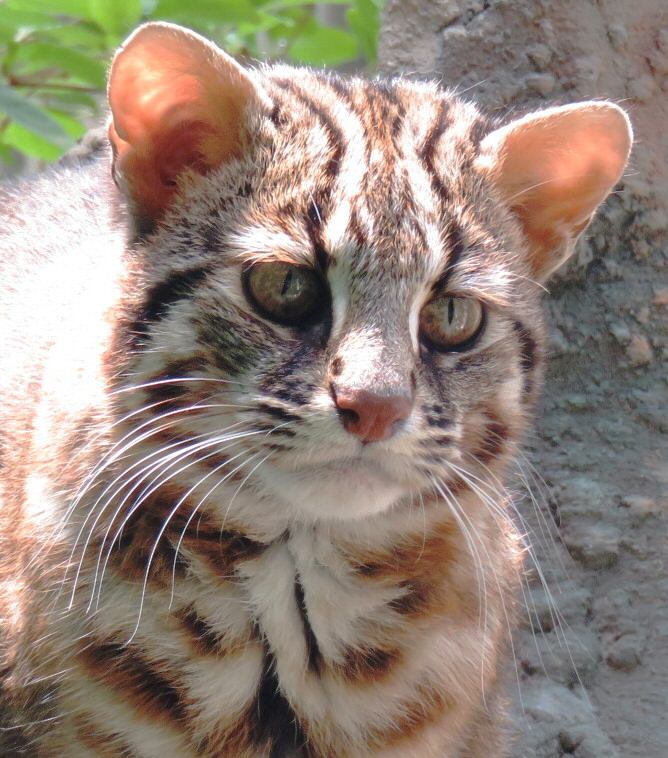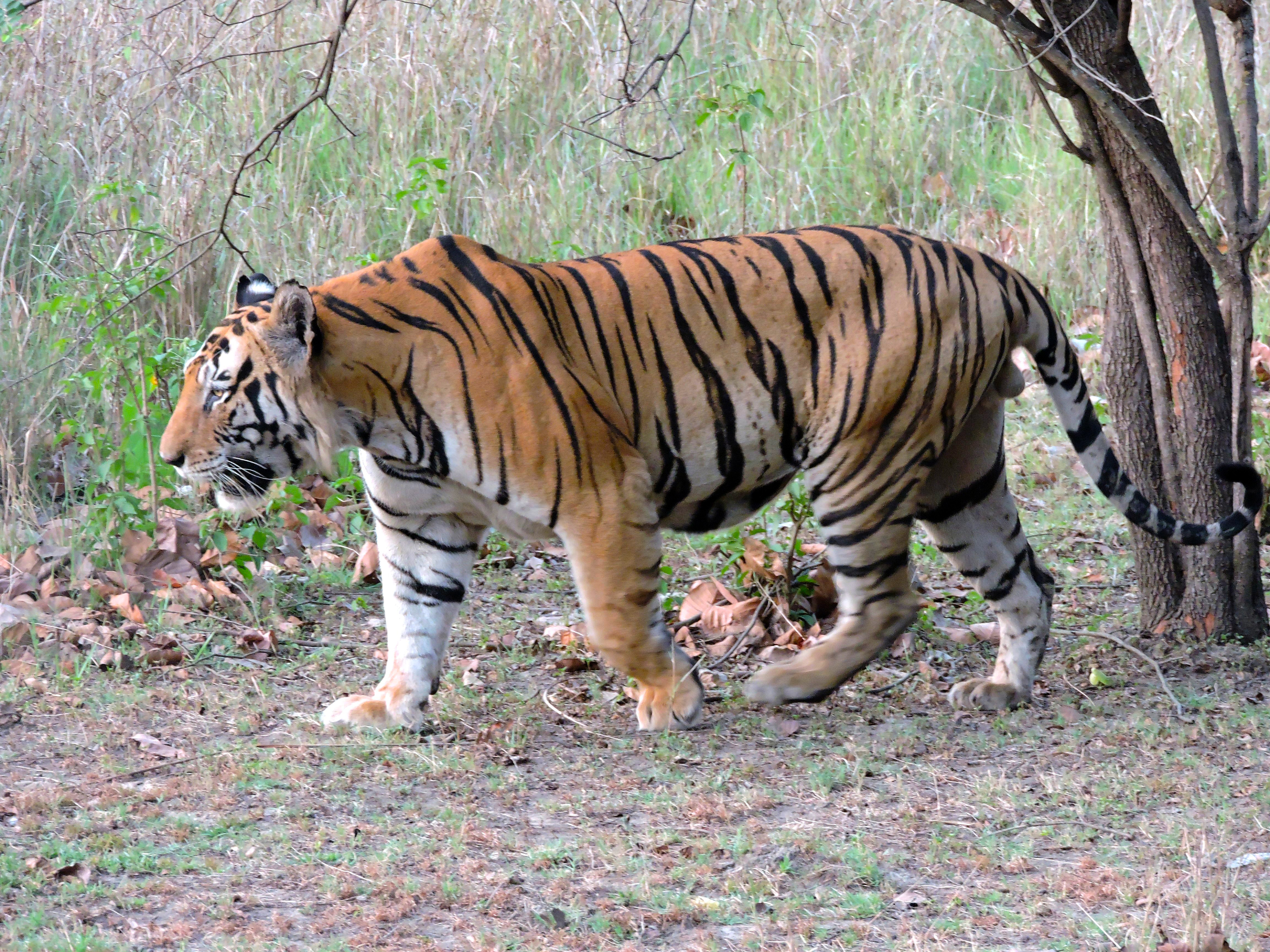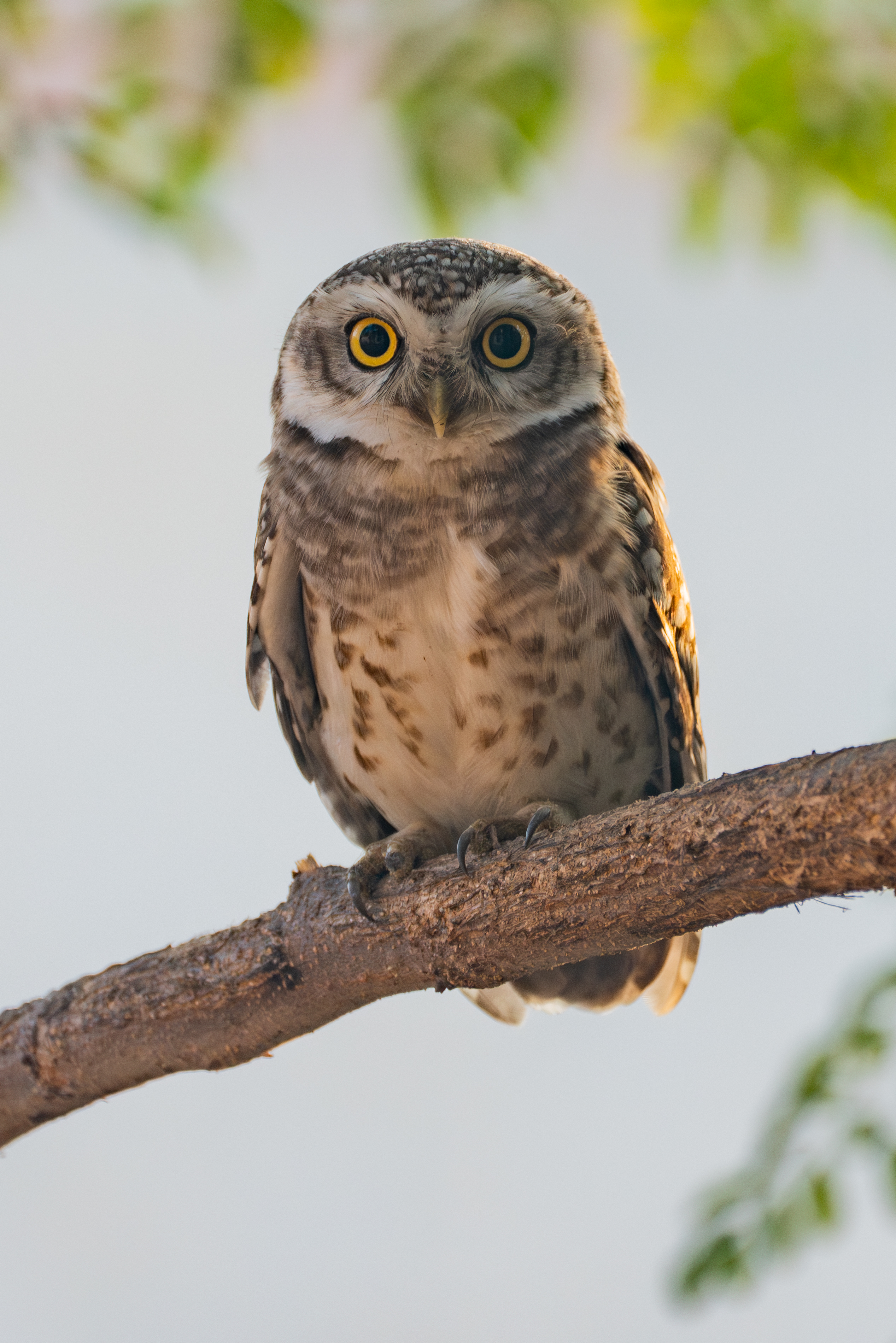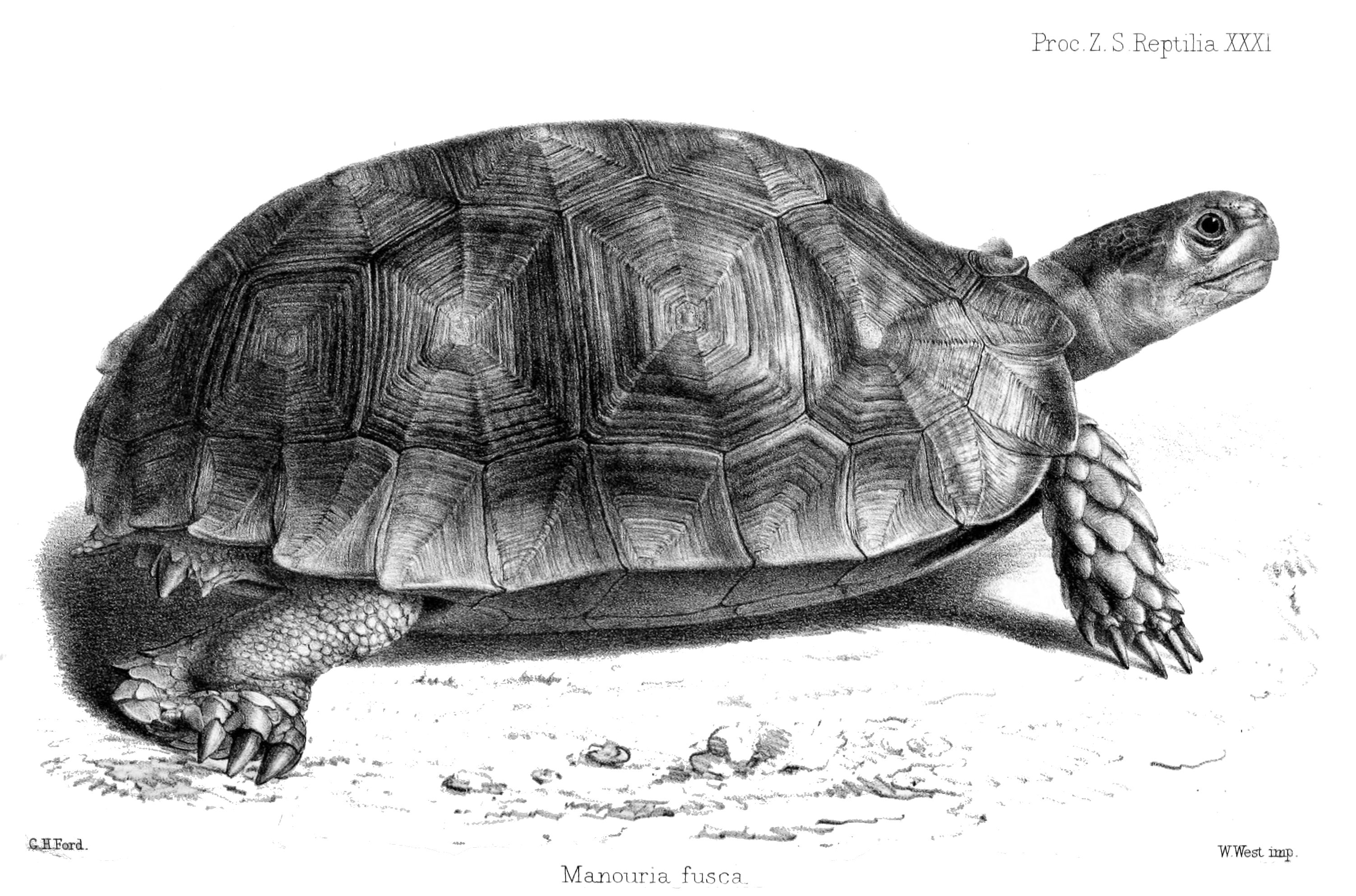|
Sangu Wildlife Sanctuary
Sangu-Matamuhari or Sangu Wildlife Sanctuary is a wildlife sanctuary—IUCN category II (habitat/species management area)—situated in Bandarban District, Chittagong Division, Bangladesh. It is part of the Sangu reserve forest. It is under the Lama Forest Division of the Bangladesh Forest Department. Its bio-ecological zone is in Chittagong Hills and Chittagong Hill Tracts. It houses Bangladesh's richest wildlife resource after Sunderbans. It is famous for its remoteness and for its rich array of wildlife, including Asian elephants, gaurs, sambar deers, barking deers, serows, Asian black bears, sun bears, leopards, clouded leopards, Asian golden cats, marbled cats, leopard cats, binturongs, western hoolock gibbons, slow lorises, crab-eating macaques, capped langurs, reticulated pythons, Arakan forest turtles, Asian giant tortoises, great hornbills and spotted owlets. There have also been uncertain reports of vagrant tigers in the forest reserve by local indigenous people. It i ... [...More Info...] [...Related Items...] OR: [Wikipedia] [Google] [Baidu] |
Bandarban District
Bandarban District (), officially Bandarban Hill District, is a district in South-Eastern Bangladesh, and a part of the Chittagong Division. It is one of the three hill districts of Bangladesh and a part of the Chittagong Hill Tracts, the others being Rangamati District and Khagrachhari District. Bandarban district (4,479 km2) is not only the most remote district of the country, but also the least populous (population 388,000). There is an army contingent at Bandarban Cantonment. Demographics According to the 2022 Census of Bangladesh, Bandarban District had 106,065 households and a population of 481,106 with an average 4.41 people per household. Among the population, 110,625 (22.99%) inhabitants were under 10 years of age. The population density was 107 people per km2. The literacy rate (age 7 and over) was 63.74%, compared to the national average of 74.80%. The sex ratio of the district was at 105 males for 100 females. Approximately, 40.41% of the population lived in ur ... [...More Info...] [...Related Items...] OR: [Wikipedia] [Google] [Baidu] |
Leopard Cat
The leopard cat (''Prionailurus bengalensis'') is a Felinae, small wild cat native to continental South Asia, South, Southeast Asia, Southeast, and East Asia. Since 2002 it has been listed as Least Concern on the IUCN Red List as it is widely distributed although threatened by habitat loss and hunting in parts of its range. Historically, the leopard cat of continental Asia was considered the same species as the Sunda leopard cat. As of 2017, the latter is recognised as a distinct species, with the Taxonomy (biology), taxonomic name ''Prionailurus javanensis''. Leopard cat subspecies differ widely in fur colour, tail length, skull shape and size of carnassials. Archaeological evidence indicates that the leopard cat was the first cat species domesticated in Neolithic China about 5,000 years ago in Shaanxi province, Shaanxi and Henan Provinces. Characteristics A leopard cat is about the size of a domestic cat, but more slender, with longer legs and well-defined webs between i ... [...More Info...] [...Related Items...] OR: [Wikipedia] [Google] [Baidu] |
Physiography
Physical geography (also known as physiography) is one of the three main branches of geography. Physical geography is the branch of natural science which deals with the processes and patterns in the natural environment such as the atmosphere, hydrosphere, biosphere, and geosphere. This focus is in contrast with the branch of human geography, which focuses on the built environment, and technical geography, which focuses on using, studying, and creating tools to obtain, analyze, interpret, and understand spatial information. The three branches have significant overlap, however. Sub-branches Physical geography can be divided into several branches or related fields, as follows: * Geomorphology is concerned with understanding the surface of the Earth and the processes by which it is shaped, both at the present as well as in the past. Geomorphology as a field has several sub-fields that deal with the specific landforms of various environments, e.g. desert geomorphology and flu ... [...More Info...] [...Related Items...] OR: [Wikipedia] [Google] [Baidu] |
Sangu River
The Sangu River is a river in Myanmar and Bangladesh. Its source is in the North Arakan Hills of Myanmar, located at 21°13´N 92°37´E. The Arakan Hills form the boundary between Arakan and the Chittagong Hill Tracts. It follows a northerly circuitous course in the hill tracts and then enters Bangladesh near Remaikri, Thanchi Upazila, Bandarban District, from the east. It flows north through Thanchi, Rowangchhari and Bandarban Sadar Upazilas of Bandarban district. It then flows west through Satkania and Banshkhali Upazilas in Chittagong district and flows into the Bay of Bengal near Chittagong, at 22°6´N 91°51´E, or about south of the mouth of the Karnafuli River. The length of the river is of which are located within Bangladesh. The major tributaries of the river are the Chand Khali Nadi and Dolukhal. The Chand Khali Nadi flows through the Patiya Plains, and the Dolukhal drains into the Satkania Plains. Another tributary is the Kumira Khali, which drains into the Ku ... [...More Info...] [...Related Items...] OR: [Wikipedia] [Google] [Baidu] |
Tigers
The tiger (''Panthera tigris'') is a large cat and a member of the genus ''Panthera'' native to Asia. It has a powerful, muscular body with a large head and paws, a long tail and orange fur with black, mostly vertical stripes. It is traditionally classified into nine recent subspecies, though some recognise only two subspecies, mainland Asian tigers and the island tigers of the Sunda Islands. Throughout the tiger's range, it inhabits mainly forests, from coniferous and temperate broadleaf and mixed forests in the Russian Far East and Northeast China to tropical and subtropical moist broadleaf forests on the Indian subcontinent and Southeast Asia. The tiger is an apex predator and preys mainly on ungulates, which it takes by ambush. It lives a mostly solitary life and occupies home ranges, defending these from individuals of the same sex. The range of a male tiger overlaps with that of multiple females with whom he mates. Females give birth to usually two or three cubs that sta ... [...More Info...] [...Related Items...] OR: [Wikipedia] [Google] [Baidu] |
Spotted Owlet
The spotted owlet (''Athene brama'') is a small owl which breeds in tropical Asia from North Pakistan to Southeast Asia. A common resident of open habitats including farmland and human habitation, it has adapted to living in cities. They roost in small groups in the hollows of trees or in cavities in rocks and buildings. It nests in a hole in a tree or building, laying 3–5 eggs. The species shows great variation including clinal variation in size and forms a superspecies with the very similar little owl. Description The spotted owlet is a small and stocky bird, barely in size. The upperparts are grey-brown, heavily spotted with white. The underparts are white, streaked with brown. The facial disc is pale and the iris is yellow. There is a white neckband and supercilium. Sexes are similar. The flight is deeply undulating. The nominate form is darker than the paler forms such as ''indica'' of drier regions. Taxonomy Early workers sometimes treated members of this species group ... [...More Info...] [...Related Items...] OR: [Wikipedia] [Google] [Baidu] |
Great Hornbill
The great hornbill (''Buceros bicornis''), also known as the concave-casqued hornbill, great Indian hornbill or great pied hornbill, is one of the larger members of the hornbill family. It occurs in the Indian subcontinent and Southeast Asia. It is predominantly frugivorous, but also preys on small mammals, reptiles and birds. It has been listed as Vulnerable on the IUCN Red List since 2018. It is known to have lived for nearly 50 years in captivity. Due to its large size and colour, and importance in many tribal cultures and rituals, the Government of Kerala declared it as the official Kerala state bird. It is also the state bird of Arunachal Pradesh. Taxonomy The great hornbill was formally described by the Swedish naturalist Carl Linnaeus in 1758 in the tenth edition of his ''Systema Naturae''. He placed it with the rhinoceros hornbill in the genus '' Buceros'' and coined the binomial name ''Buceros bicornis''. Linnaeus specified the location as China. The genus name is ... [...More Info...] [...Related Items...] OR: [Wikipedia] [Google] [Baidu] |
Asian Giant Tortoise
The Asian forest tortoise (''Manouria emys''), also known commonly as the Mountain tortoise or Burmese Brown Mountain tortoise, is a species of tortoise in the family Testudinidae. The species is endemic to Southeast Asia. It is believed to be among the most primitive of living tortoises, based on molecular and morphological studies. Taxonomy There are two recognized subspecies: ''M. e. emys'' occurring in southern Thailand, Malaysia, Sumatra, Borneo; and ''M. e. phayrei'', occurring from northwestern Thailand to northeastern India. The latter was named after Sir Arthur Purves Phayre (1812–1885), British Army officer in India who became Commissioner of British Burma. Based on a variety of phylogenetic characteristics, the genus '' Manouria'' is regarded as comparatively primitive and basal to other Testudinidae. Description The Asian forest tortoise is the largest tortoise in mainland Asia. The largest adults of the northern subspecies, ''Manouria emys phayrei'', can reach ... [...More Info...] [...Related Items...] OR: [Wikipedia] [Google] [Baidu] |
Arakan Forest Turtle
The Arakan forest turtle (''Heosemys depressa'') is a critically endangered turtle species native to the Arakan Hills in western Myanmar and the bordering Chittagong Hill Tracts in Bangladesh. The Arakan forest turtle is a semiterrestrial turtle, meaning it can survive in aquatic as well as terrestrial habitats, but adults prefer living in terrestrial habitats. Taxonomy ''Geoëmyda depressa'' was the scientific name proposed by Anderson in 1875 who described a zoological specimen collected in Arakan. Characteristics The Arakan forest turtle has 18 plastral annuli, a carapace length of and weighs . Distribution and habitat In 2009, the Arakan forest turtles was discovered in Rakhine Yoma Elephant Range in Myanmar. The scientific team also labeled the area as a good prospective place to focus conservation efforts for the turtle, despite the fact that locals do occasionally hunt and eat them. Even with those activities, this protected area is difficult to access and lac ... [...More Info...] [...Related Items...] OR: [Wikipedia] [Google] [Baidu] |
Reticulated Python
The reticulated python (''Malayopython reticulatus'') is a Pythonidae, python species native to South Asia, South and Southeast Asia. It is the world's List of largest snakes, longest snake, and the list of largest snakes, third heaviest snake. It is a non-venomous Constriction, constrictor and an excellent swimmer that has been reported far out at sea. It has colonized many small islands within its range. Because of its wide distribution, it is listed as least concern on the IUCN Red List. In several countries in its range, it is hunted for its skin, for use in traditional medicine, and for sale as pets. Due to this, it is one of the most economically important reptiles worldwide. In very rare cases, reticulated pythons killed and swallowed adult humans. Taxonomy The reticulated python was first described in 1801 by German naturalist Johann Gottlob Theaenus Schneider, who described two zoological specimens held by the Göttingen Museum in 1801 that differed slightly in colour and ... [...More Info...] [...Related Items...] OR: [Wikipedia] [Google] [Baidu] |
Capped Langur
The capped langur (''Trachypithecus pileatus'') is a primate species in the family Cercopithecidae native to subtropical and tropical dry forests in northeast India, Bhutan, Bangladesh and Myanmar. It is arboreal and feeds on 43 plant species. Taxonomy The capped langur was described by Edward Blyth in 1843. Four subspecies of the capped langur are recognized as of 2005: *''T. p. pileatus'' *''T. p. durga'' *''T. p. brahma'' *''T. p. tenebricus'' Distribution and habitat The capped langur occurs in northeast India, Bhutan, Bangladesh and Myanmar, where it inhabits subtropical and tropical dry forests. Behavior and ecology Capped langurs observed in Arunachal Pradesh spent nearly 40% of the day time feeding on leaves, flowers and fruit In botany, a fruit is the seed-bearing structure in flowering plants (angiosperms) that is formed from the ovary after flowering. Fruits are the means by which angiosperms disseminate their seeds. Edible fruits in particular have lon ... [...More Info...] [...Related Items...] OR: [Wikipedia] [Google] [Baidu] |
Crab-eating Macaque
The crab-eating macaque (''Macaca fascicularis''), also known as the long-tailed macaque or cynomolgus macaque, is a cercopithecine primate native to Southeast Asia. As a synanthropic species, the crab-eating macaque thrives near human settlements and in secondary forest. Crab-eating macaques have developed attributes and roles assigned to them by humans, ranging from cultural perceptions as being smart and adaptive, to being sacred animals, being regarded as vermin and pests, and becoming resources in modern biomedical research. They have been described as a species on the edge, living on the edge of forests, rivers, and seas, at the edge of human settlements, and perhaps on the edge of rapid extinction. Crab-eating macaques are omnivorous and frugivorous. They live in matrilineal groups ranging from 10 to 85 individuals, with groups exhibiting female philopatry and males emigrating from natal group at puberty. Crab-eating macaques are the only old-world monkey known to use s ... [...More Info...] [...Related Items...] OR: [Wikipedia] [Google] [Baidu] |










